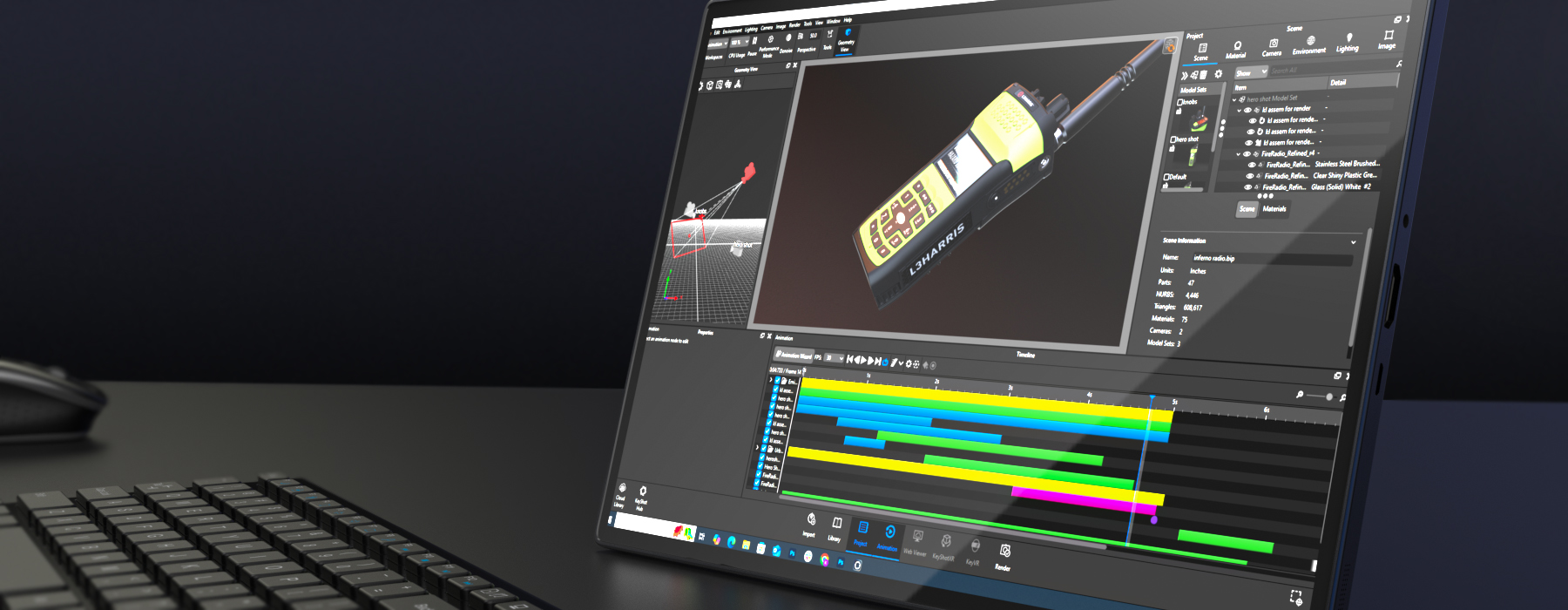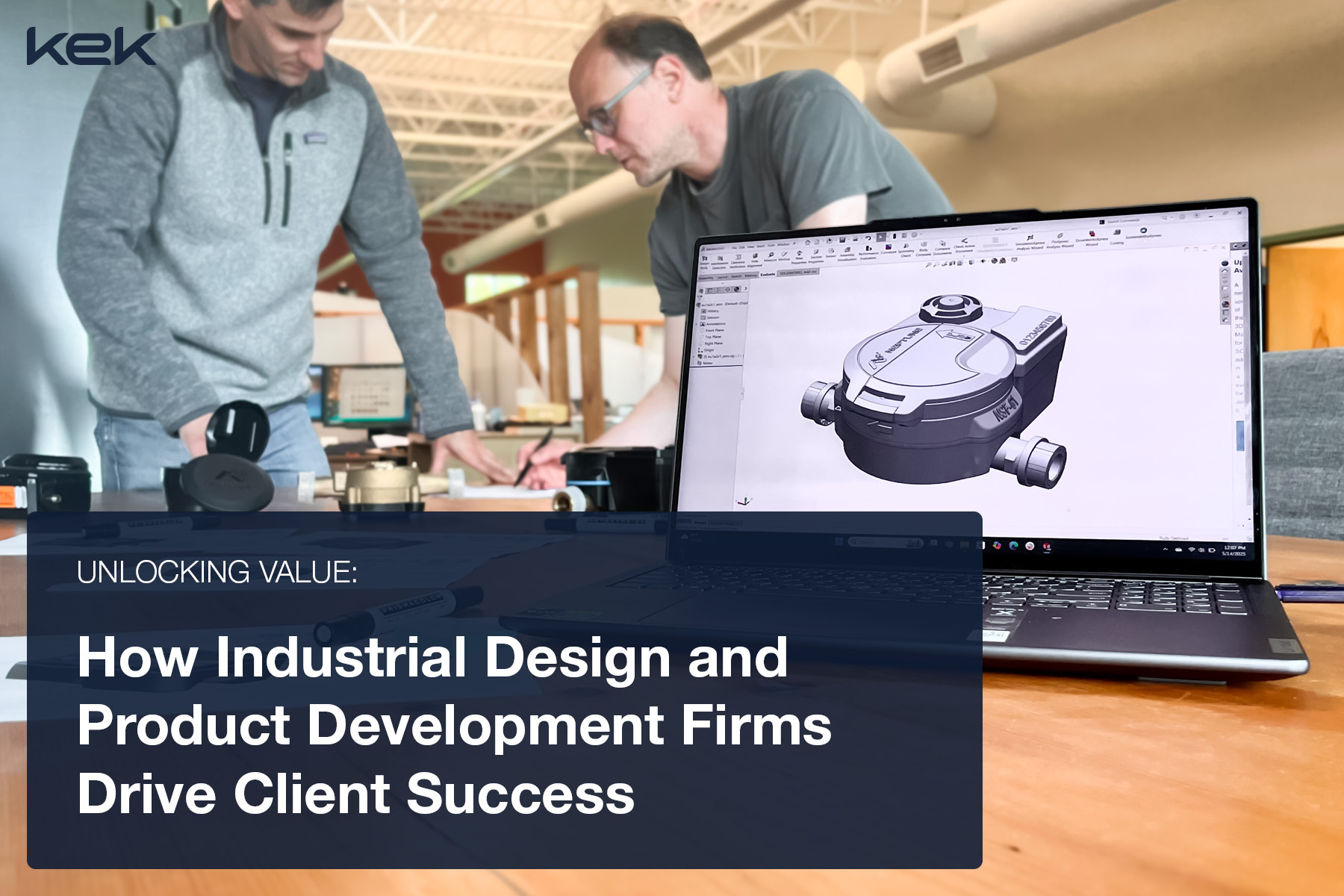Digital and 3D animation in product design is a powerful tool that helps teams visualize, test, and communicate ideas throughout the entire product development cycle. While 3D animation is often celebrated for its role in marketing, its value extends far beyond launch campaigns. Throughout the entire product development cycle, animation plays a crucial role, from communicating complex mechanics to visualizing real-world use cases, 3D animation helps bridge the gap between concept and execution.
What Animation Brings to the Design Process
Product development involves many moving parts, both literally and figuratively. Designers, engineers, clients, and marketing teams all approach a project from different angles. Digital animations help unify those perspectives by offering a clear, visual language that brings the product to life at any stage of development.
Whether the goal is internal alignment or an external presentation, animations help clarify intent and reduce the friction that often comes from miscommunication. From illustrating how a part functions to previewing the full product experience, animation adds clarity, speed, and impact.
Here are some of the ways we use digital animation throughout our process:
- Exploded views – to clearly show how components relate and assemble
- Mechanical simulations – to depict motion, movement, or functional behavior
- Usage scenarios – to explore how a product interacts with people in real-world settings
- Material and lighting effects – to simulate finishes, transparency, reflectivity, or environmental impact
- Marketing and presentation assets – to highlight key features, demonstrate value, and build early excitement
Whether simple or cinematic, technical or emotional, these animations serve one goal: to make ideas easier to understand and more compelling to everyone involved.
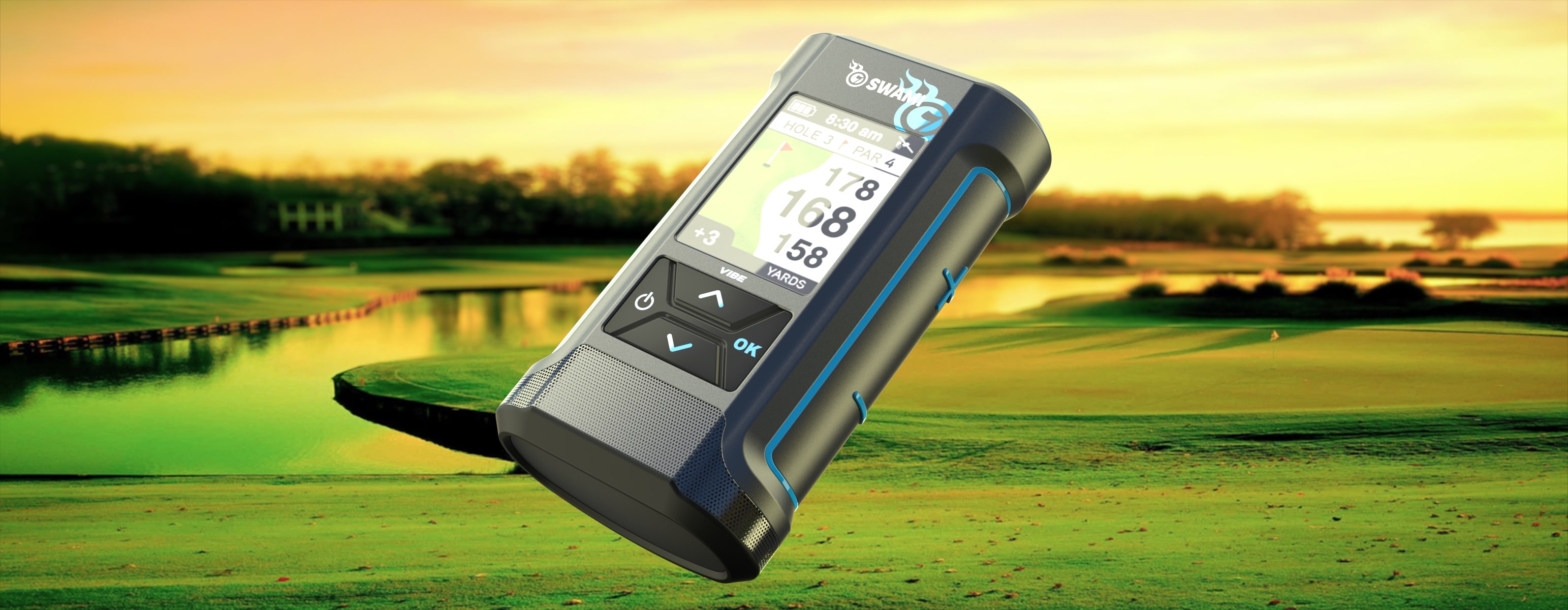
Enhancing Communication - Internally and Externally:
One of the biggest challenges in product development is ensuring everyone, from internal teams to external partners, understands the product in the same way. Animations make complex ideas intuitive, bridging gaps between industrial design, engineering, executive leadership, and marketing. Internally, they help align teams around shared goals. Externally, they create a clear, professional way to present ideas to clients, investors, manufacturers, or end-users.
Saving Time in Reviews and Presentations:
The beauty of animation is its immediacy. A well-executed sequence can convey in five seconds what might take five paragraphs to explain. Rather than relying on dense technical drawings or long verbal explanations, a quick animation can instantly show how something works or what it’s supposed to feel like. This leads to faster approvals, clearer revisions, and more productive meetings.
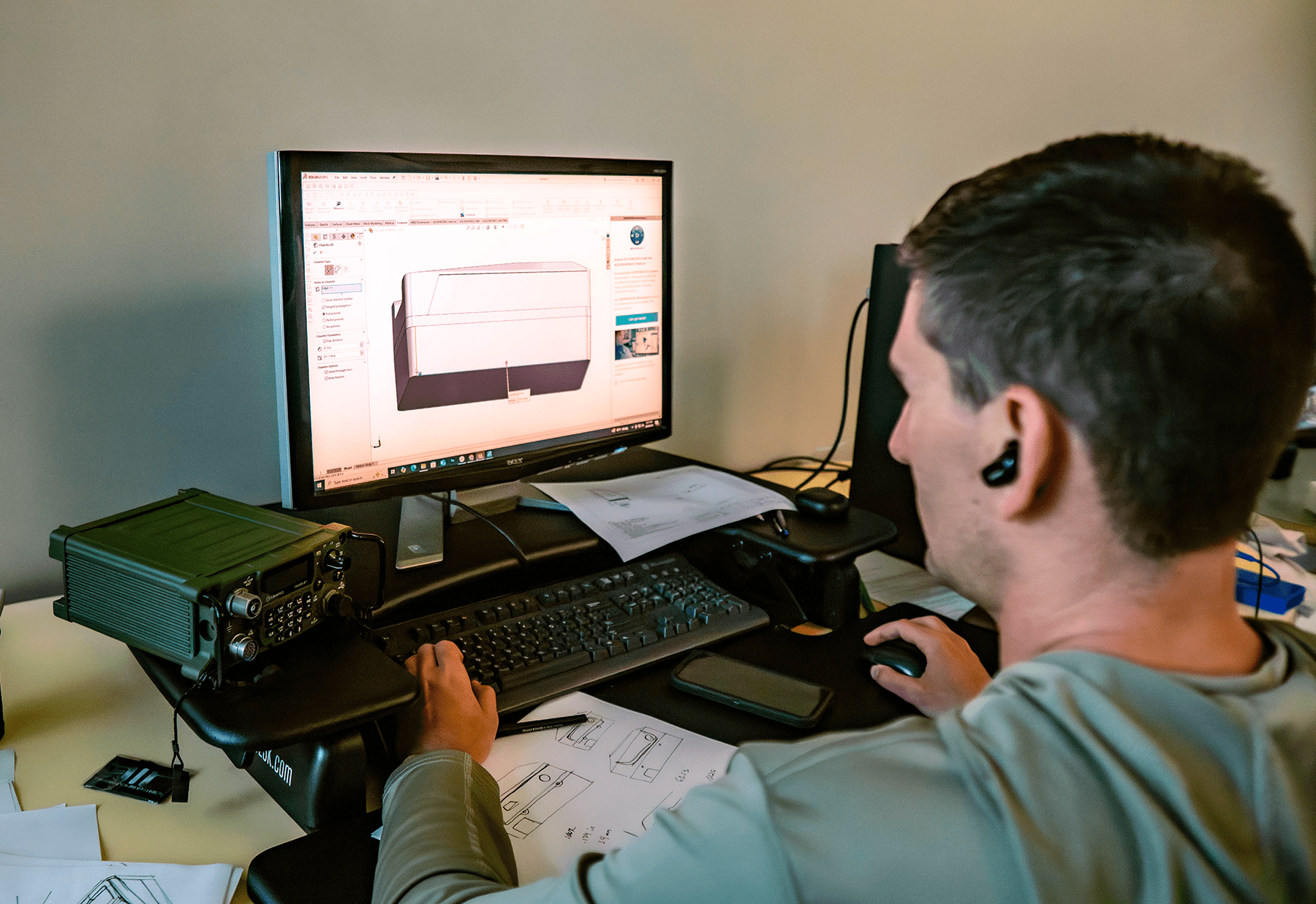
Reducing Misunderstandings:
Misinterpretations during development can lead to costly delays. Animations provide a precise visual reference that cuts down on ambiguity. Whether it's showing how a part moves, how it fits in the hand, or how materials reflect light, animations ensure that nothing gets lost in translation between teams or stakeholders.
Building Excitement Through Marketing Materials:
When it comes time to launch, animations become a powerful storytelling tool. High-quality render animations and feature highlights can be used across websites, presentations, investor decks, and social media to generate buzz, even before physical prototypes exist. For clients, this means a head start on marketing, sales conversations, and community engagement.
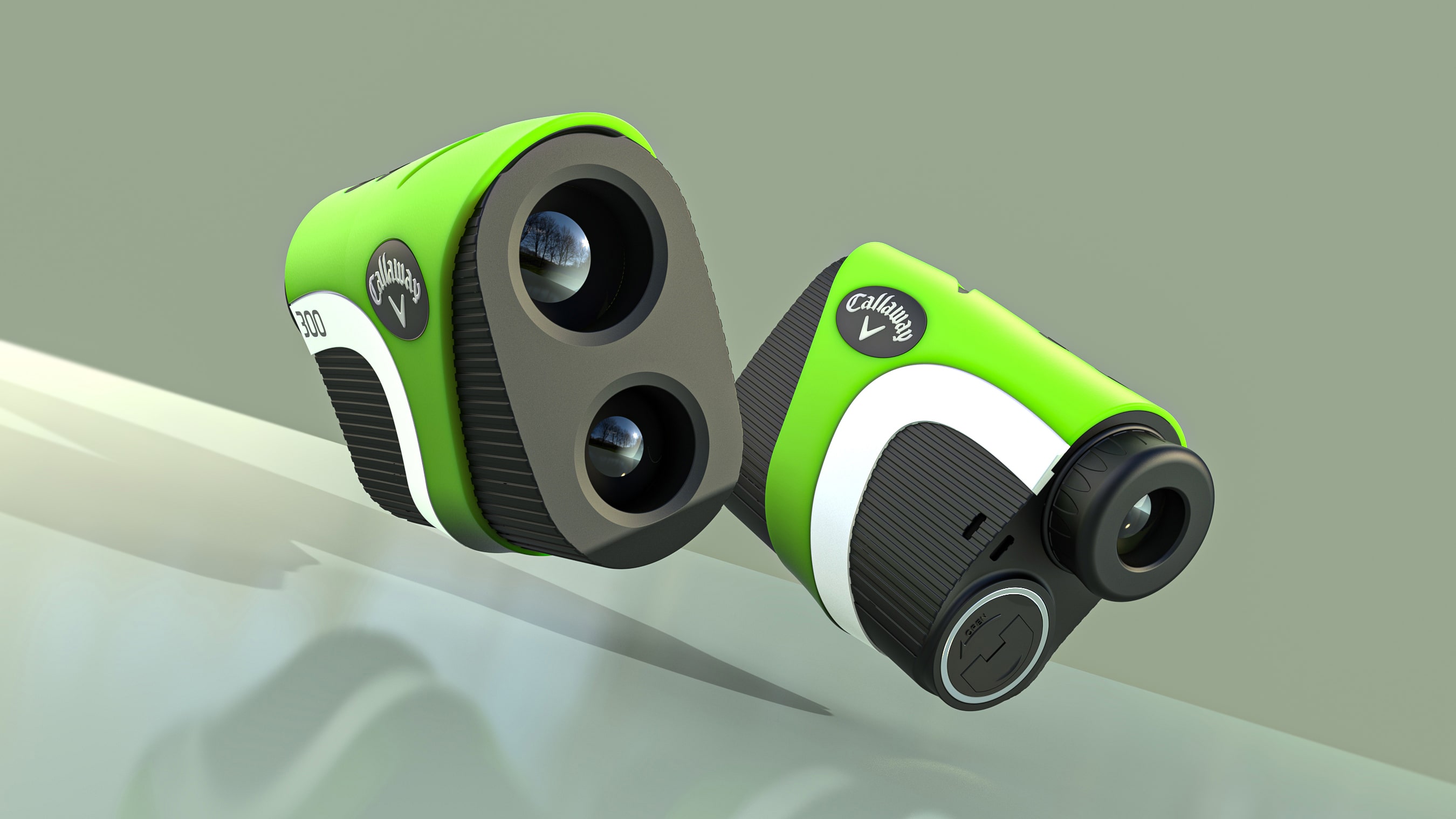
Benefits For The Consumer:
Animations also provide a valuable resource for consumers after the product reaches the market. Instructional or "how-to" videos offer clear, step-by-step guidance, helping consumers assemble or use a product easily and confidently. Whether it’s a flat-pack furniture assembly, demonstrating a complex function, or providing maintenance tips, animated guides reduce frustration, improve the user experience, and lower the need for customer support. These animations not only enhance the product’s usability but also help build a stronger relationship between brands and their customers.
Frequently Asked Questions About Digital Animation in Product Design
What is digital animation in product development?
Digital animation in product development is the use of 3D animations to visualize how a product looks, functions, and interacts with users. It helps teams and stakeholders understand complex mechanics and design intent before a product is built.
How does animation improve the product design process?
Animation provides a clear, visual language that reduces miscommunication, speeds up reviews, and aligns teams. It can illustrate exploded views, mechanical motion, material finishes, and real-world usage scenarios more effectively than static drawings.
Why use animation instead of CAD drawings alone?
While CAD drawings are essential for engineering, animations make those technical details accessible to non-engineers. They show how parts fit, move, or look in real life, making them ideal for clients, investors, and marketing.
Can animations be used in marketing?
Yes. Product animations are highly effective for marketing and presentations. They can highlight key features, demonstrate value, and generate excitement across websites, investor decks, and social media — even before physical prototypes exist.
Do animations benefit consumers after launch?
Absolutely. Instructional animations and how-to videos provide step-by-step guidance for assembly, use, or maintenance. These resources improve the customer experience, reduce frustration, and lower the need for support.
Final Thoughts
3D and Digital animations help us visualize products long before they exist. They make the intangible tangible, turning ideas into stories that can be shared, tested, and believed in.
For our clients, animations create clarity and confidence. They demystify complexity, accelerate understanding, and make the design process more collaborative. Whether we’re exploring early mechanics or crafting a presentation-ready sequence, animation helps everyone see what’s next, one frame at a time. Contact us to see how we can support your next launch.

